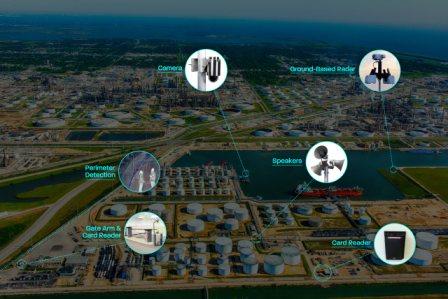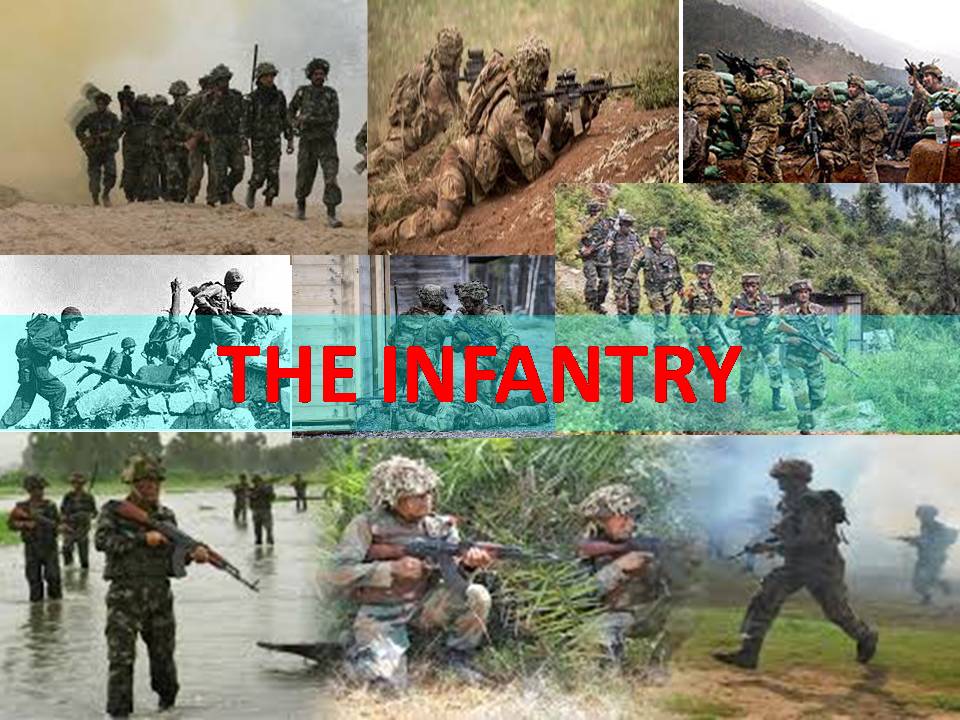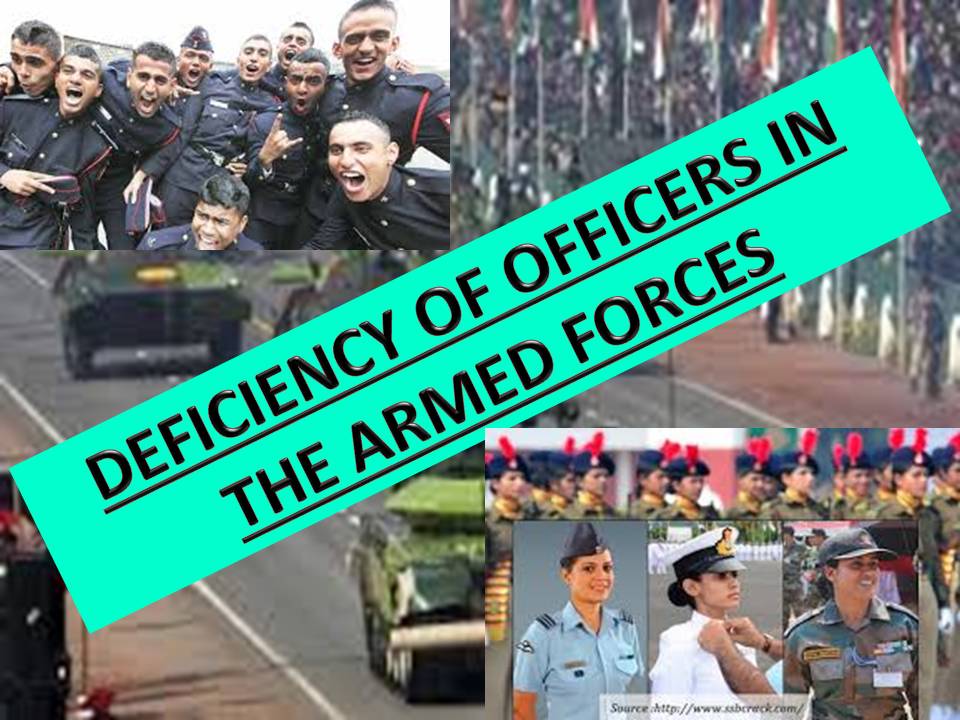
Traditionally, the defence forces have been responsible for the security of the nation from external aggression, whereas the civil police is tasked with maintaining law and order within the country. As time progressed, the need for security was felt by organisations, institutions and even the affluent class, giving a rise to the private security industry.
The home land security industry can be broadly considered comprising of homeland security, Personnel security Industry(PSI) as well as cyber security. While the MHA is at the helm of affairs dealing with Border management, internal security, police modernisation etc, yet the PSI and perimeter security falls into the responsibility as well as interest of individual organisations. Cyber security is in interest of each individual, organisation as well as the nation with cybercrimes increasing in variety and numbers.
Homeland Security- The Ministry of Home Affairs has targeted development of India’s Homeland Security focused infrastructure, like creation of a centralized comprehensive database called National Information Grid (NATGRID) by combining the individual databases of several government agencies, setting up of the CCTNS (Crime and Criminal Tracking Network and Systems) and modernization programs for providing better equipment and training to the security forces deployed with the task of internal security in India. Programs for Police modernization, Pan city CCTV, ITMS, Safe city concept, PAN India common emergency number 112 are all part of the same. The homeland security budget has seen a steady increase from Rs61,401 crores in 2014-15 to Rs1,05,244 crores in the BE 2020-21. The homeland security duly supported by a number of state-of-the-art technology interventions and being adopted by various organisations (not catered for in the Union budget) include the following: –
- CCTV
- Perimeter Intrusion protection system
- Automatic Integrated Surveillance and patrolling System
- Real time recording and reporting Command and Control System
- Intrusion Detection
- Incident detection and reporting
- Cyber and Digital Forensics
- Biometrics
- Predictive Analysis
- GIS integrated Video Analytics and AI
Personnel Security Industry(PSI)- Although the employment of security guards existed since long, however, it took the shape of an industry in 1960s. The Indian personal security market was estimated at INR 57,000 crore (~USD 8.8 billion) in 2016 and is likely to touch INR 99,000 crore (~USD 15.2 billion) by 2020 and INR 1.5 lakh crores (~USD 23.1 billion) by 2022 (as per latest industry estimates). The industry growth could be attributed to the key drivers like growing urbanization and increasing insecurity, mushrooming of shopping malls and self-contained townships, frequent terror attacks, shortage of police personnel and last but not the least security agency itself being a profitable business. A more economic justification for engaging private security is that insurance companies particularly fire insurance carriers will give substantial discount to sites as presence of security reduces odds of incidence. The centre drafted Private Security Agencies (Regulation) (PSAR) Act in 2005 and encouraged the states to enact & enforce it. The supply of manpower to the industry is most often from rural and interior parts of India. However, most organisations have an over dependence on manpower with sub optimal use of technology, thus employing half-baked security measures.
Cyber Security- The proliferation of internet-based services coupled with a need for near real time exchange of information duly supported by state-of-the-art equipment based on information technology has proved to be a boon to the society, but also had its side effects in the form of large security issues based on cyberspace. Cyber threats are the concern of every individual to organisations to the nations. The variety and numbers and techniques grow as fast as the technology itself. There is therefore a large market for cyber security nationally and globally. The enormity can be gauged by the fact that the national budget for cyber security has increased from Rs30,000 crores in 2013 to Rs 80,000 crores in 2019-20. This is exclusive of what the individuals and the organisations spend on cyber security for their own systems. Under MEiTY, CERT-IN, CDAC, C-MET, SAMEER, STQC etc are working on the same along with a number of companies developing products for consumers.
New Dimensions and Challenges- The occurrence of the 26/11 attack coupled with increased incidences of global terrorism has compelled the organisations and states to largely think and invest into the security issue manifesting in the exponential growth of the security industry within the country and worldwide. India per se is affected by cross border terrorism in the west, growing threat of Maoist insurgency in seven states coupled with significant threats to major cities and economic hubs.
While the organisations including the police forces are still grappling with the details and problems of modernisation, re equipping, finding counter actions to terrorist procedures, the COVID 19 hit the homeland security and the administration like a bolt from the blue, providing new challenges. The recent experience of the pandemic forced the governments across the world to declare national medical emergencies and lock down the nations. In India, the Disaster Management Act was enforced. However, the administration and the law enforcement agencies were still found to be grappling with the following problems: –
- Rumour mongering resulting in panic, mobs of labour moving uncontrollably, confusion about the symptoms, causes and treatment of the reported disease
- Absence of information/ misinformation about movement of foreign nationals in India especially in case of Jamatis
- Paralysis / lethargy of the administration in understanding the enormity of the problem and steps to be adopted for mitigation
- Absence of support / very little support from political parties and leaders
Not only the police but a host of other agencies viz administrative staff, NGOs, health workers &staff (including adhoc appointed staff employed in survey, screening, sample collection etc) need to be trained, equipped and made aware of procedures and plans, in order to contain, counter and control the following in the event of such like events in future:-
- Handling of equipment for quick, reliable and easy to use information systems for dissemination of info and plans of the administration
- Procedures for handling of infections in men, animals, food items and water
- Raising requests for drones and handling the info provided for the purpose of surveillance, decontamination, communication links
- Handling of small, medium and large sanitization equipment including the procedure to demands and details of the agencies holding them
- Procedure of screenings and sample collection
- Procedures for crash training of workers need to be devised for screening and sample collections as these would be different in different circumstances
- The entire teams need to be trained on procedures how to identify and counter rumours which are quite prevalent at such times
- While the administration is quite experienced in setting up relief camps and medical camps, however they need to be trained and quickly adapt to setting up detention centres/ quarantine centres as per the requirements of the situation viz pandemics like COVID-19.
- Cyber security aspects are changing day by day involving new technologies and variations. The law enforcement agencies need to keep themselves updated about the same and be able to guide the teams in the field to take necessary steps to mitigate the risks and effects of new cyber-attacks.
Conclusion- Home land security will not be the solo charter of law enforcement agencies in near future. The advent of technology and the ideology of warfare progressing on to the realms of Hybrid warfare will merge the responsibilities and overlap the charter of duties for security forces, para military forces, police, intelligence and the administration as well as the personal security agencies as well as the staff recruited by the local administration to assist them in the situation. A deliberate and constant update of all is required for dealing this aspect holistically and simultaneously at all levels.
About the Author | Col Manoj Mehrotra is an alumnus of the National Defence Academy and has now retired after 33 years of service.
He was commissioned in the Army Air Defence and has a rich experience in different designations as well as locations. He has also been Principal Consultant to Department of Urban Development, Govt. of MP for Smart City Projects. He is an ICT & C4I2SR Expert, Public Speaker, Motivator, Consultant, Air Defence Evangelist, Global Relations Analyst, Teacher, Trainer, Laureate and an Instructor.
He can be reached at : https://www.linkedin.com/in/col-manoj-mehrotra-retd-20764422/
About the Co-Author | Vipul Mehrotra is a seasoned management professional. Honourable Member of various Think Tanks and Associations in Defence & Security. He contributes in multiple research organizations and publications with his domain expertise in Defence & Security. He is a Strategic Nationalist, Visiting Faculty to many corporates and management institutes, Concept creator, Motivator, Public Speaker, Brand Evangelist, Researcher, Historian, Geopolitical Analyst, Traveller, Trainer, Mentor, Maker, Author and a Laureate with 20+ Professional Certifications, Recommendations and 5000+ Followers.
He can be reached at : https://www.linkedin.com/in/vipul-mehrotra







Leave a Reply
You must be logged in to post a comment.